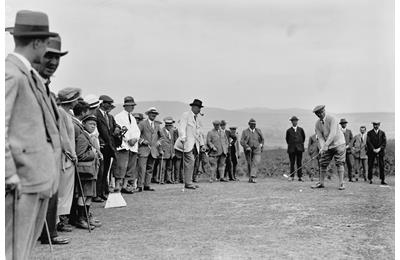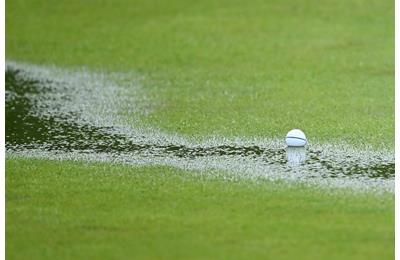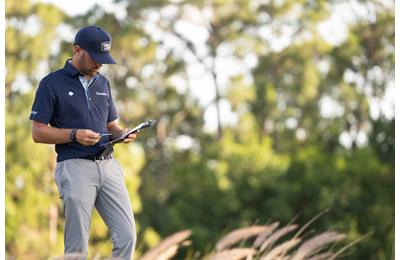The big WHS debate: Should every round count towards your handicap?
Written by Rob McGarr on Friday 11 July 2025
General Play scores are meant to make golf handicaps more accurate, accessible, and fair. But, nearly five years after the World Handicap System was introduced, confusion still reigns – especially around how often you should be submitting them. Here’s what the rulebook and the real world say. Gone are the days when your handicap could only shift via competitions. Now, almost...



















